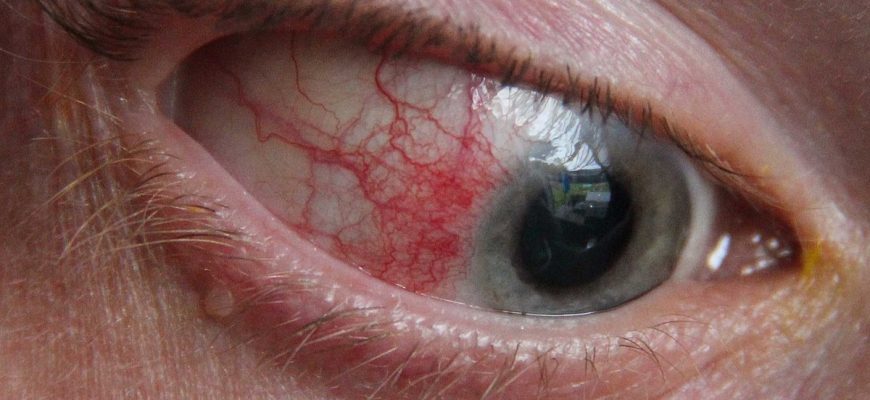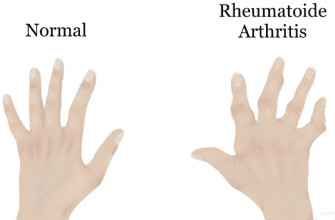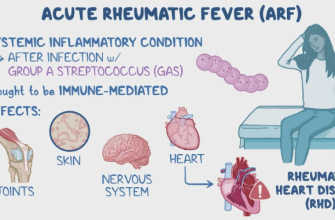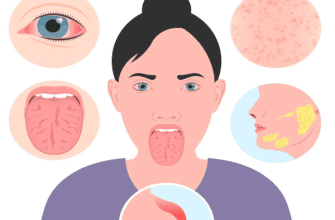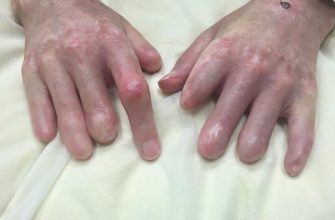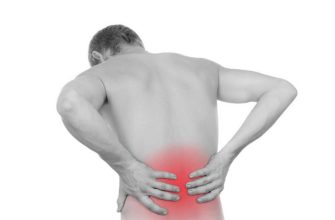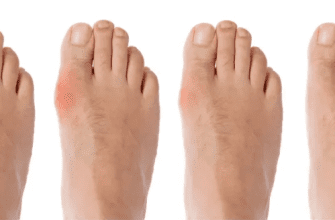What Is Episcleritis?
Episcleritis is inflammation of the episclera, the thin vascular layer between the white of the eye (sclera) and the clear conjunctiva. It is usually mild, non-infectious, and self-limiting, often resolving in 7–10 days without treatment.
Key Facts (American Academy of Ophthalmology [AAO]):
✔ Not contagious and rarely affects vision.
✔ More common in women (ages 20–50).
✔ Often idiopathic (no clear cause) but may be linked to autoimmune conditions (e.g., rheumatoid arthritis, lupus).
Types (AAO & Mayo Clinic)
- Simple (Diffuse) Episcleritis (Most Common):
- Mild, sectoral redness (often pink or salmon-colored).
- No nodules; resolves faster.
- Nodular Episcleritis:
- Localized, raised, tender nodule.
- Longer recovery (2–3 weeks).
Symptoms (National Eye Institute [NEI]):
✔ Redness (localized or diffuse, usually one eye).
✔ Mild irritation or burning (no severe pain).
✔ Watering but no discharge.
✔ No light sensitivity (unlike uveitis).
Not Present in Episcleritis:
- Vision changes.
- Severe pain (suggests scleritis, a deeper inflammation).
Diagnosis (AAO Guidelines):
- Slit-Lamp Exam:
- Dilated blood vessels blanch with phenylephrine drops (distinguishes from scleritis).
- Rule Out Systemic Causes:
- Blood tests (e.g., rheumatoid factor, ANA) if recurrent.
- Differential Diagnosis:
- Conjunctivitis, scleritis, or foreign body.
Treatment (AAO & UpToDate):
1. Mild Cases (Often Self-Resolving):
Artificial tears (for comfort).
Cool compresses.
2. Moderate/Severe or Recurrent Cases:
- Topical NSAIDs (e.g., ketorolac drops).
- Oral NSAIDs (e.g., ibuprofen) for nodular type.
- Steroid drops (short-term, if persistent).
Avoid: Unnecessary antibiotics (not infectious).
Prevention (AAO):
✔ Manage underlying conditions (e.g., rheumatoid arthritis).
✔ Avoid eye rubbing.
✔ Use humidifiers in dry environments.
Red Flags: When to See a Doctor (NEI):
Seek care if:
- Severe pain (possible scleritis).
- Vision changes (blurring, floaters).
- Recurrence >2–3 times/year (may indicate autoimmune disease).
- No improvement in 10 days.
